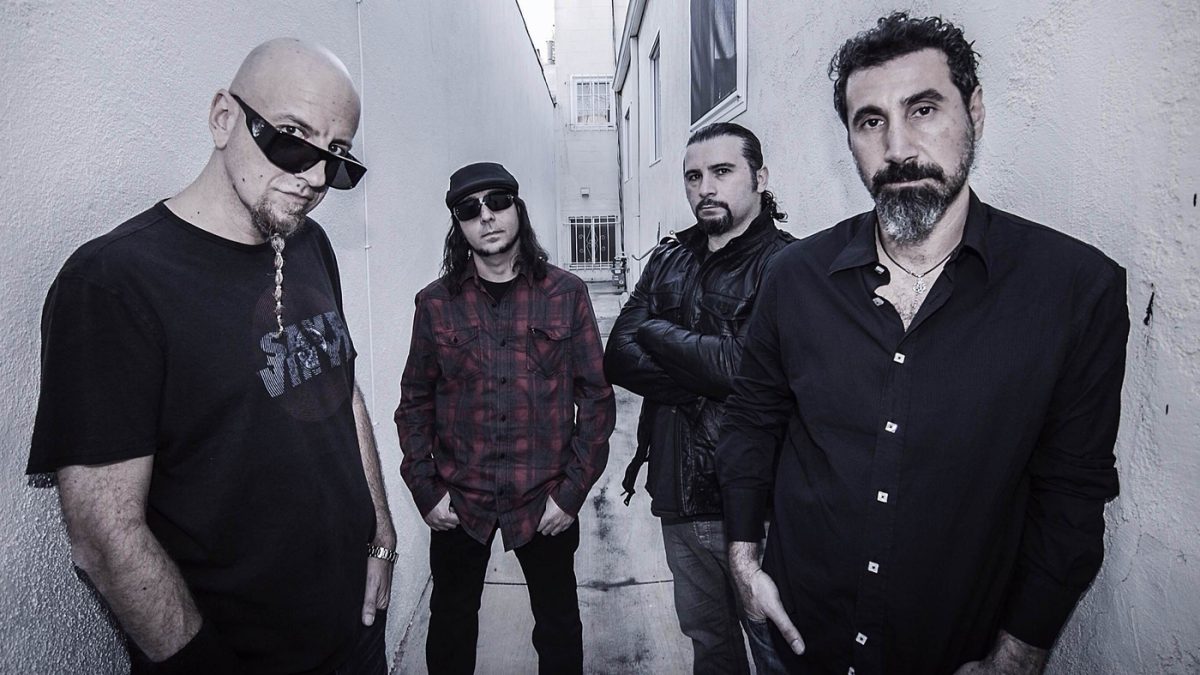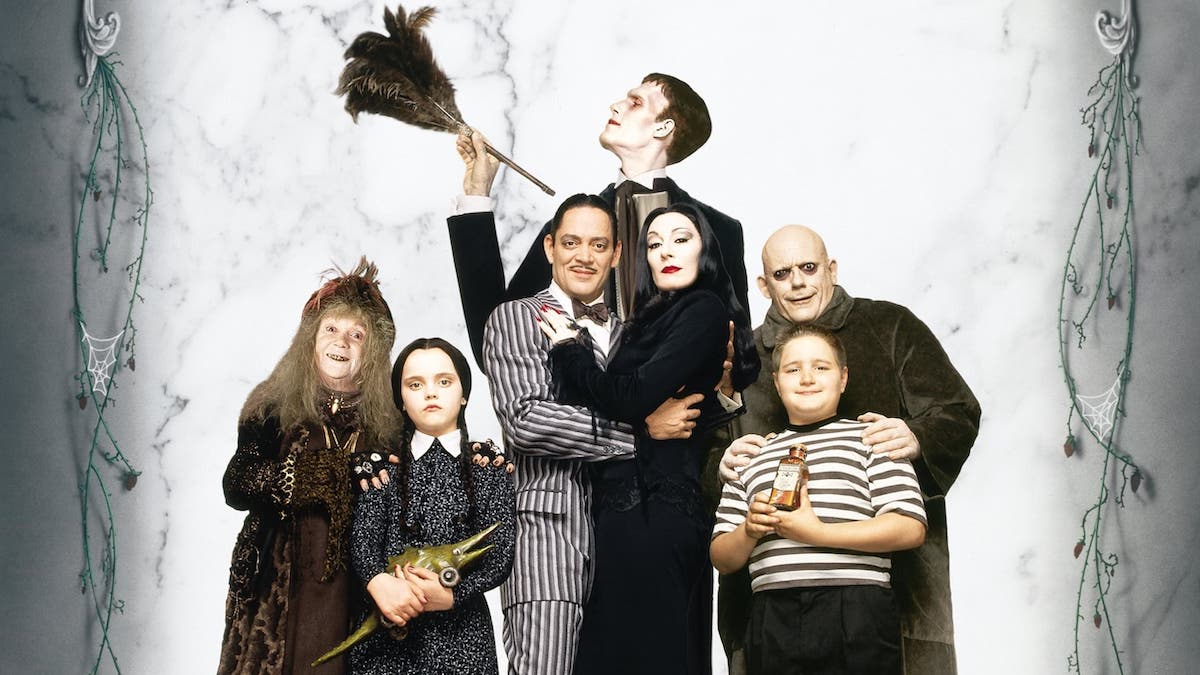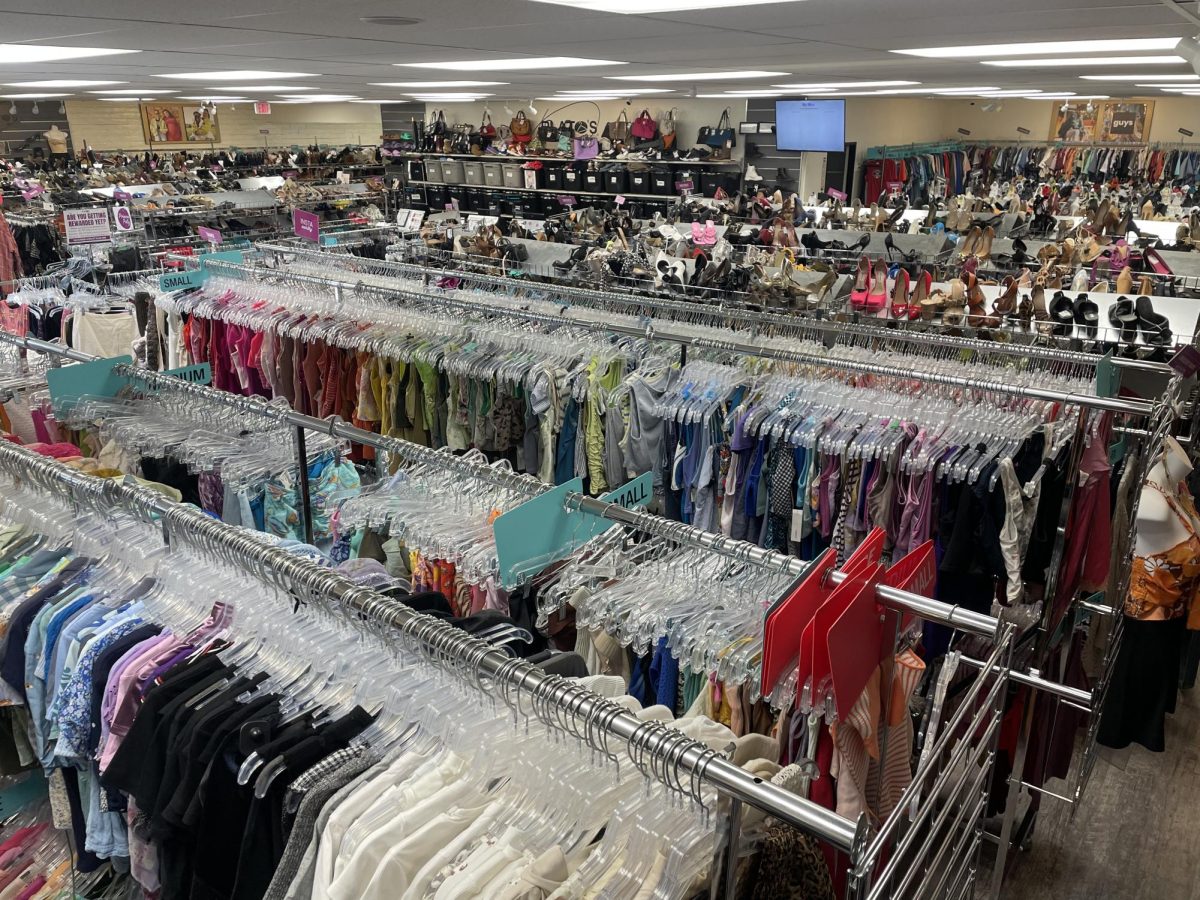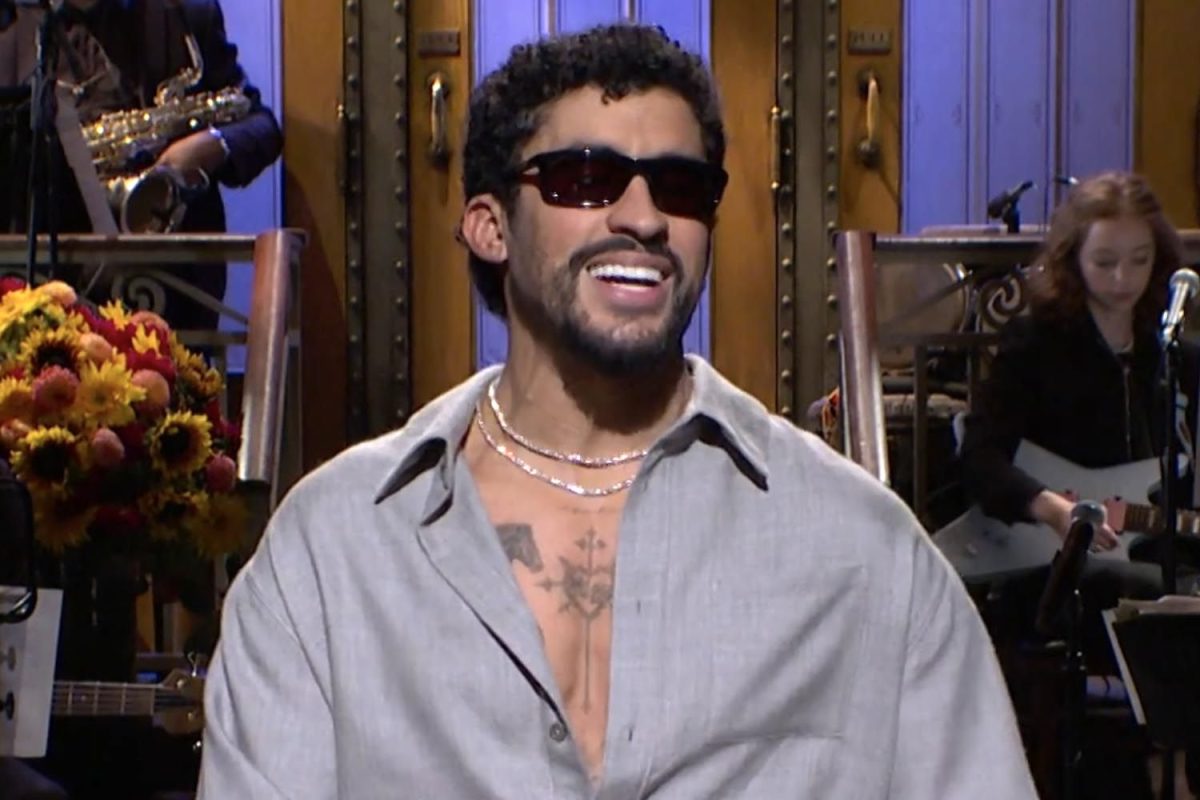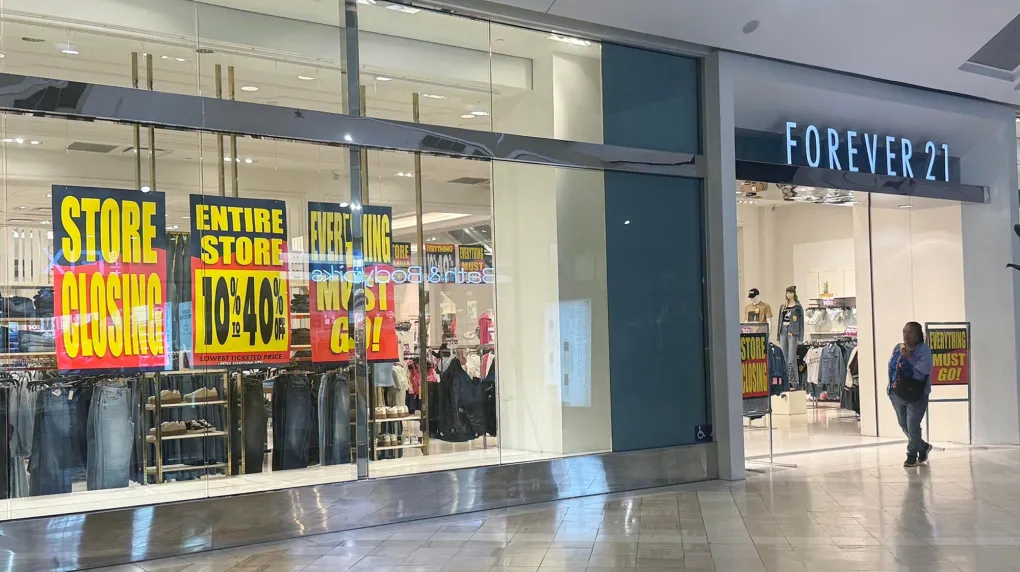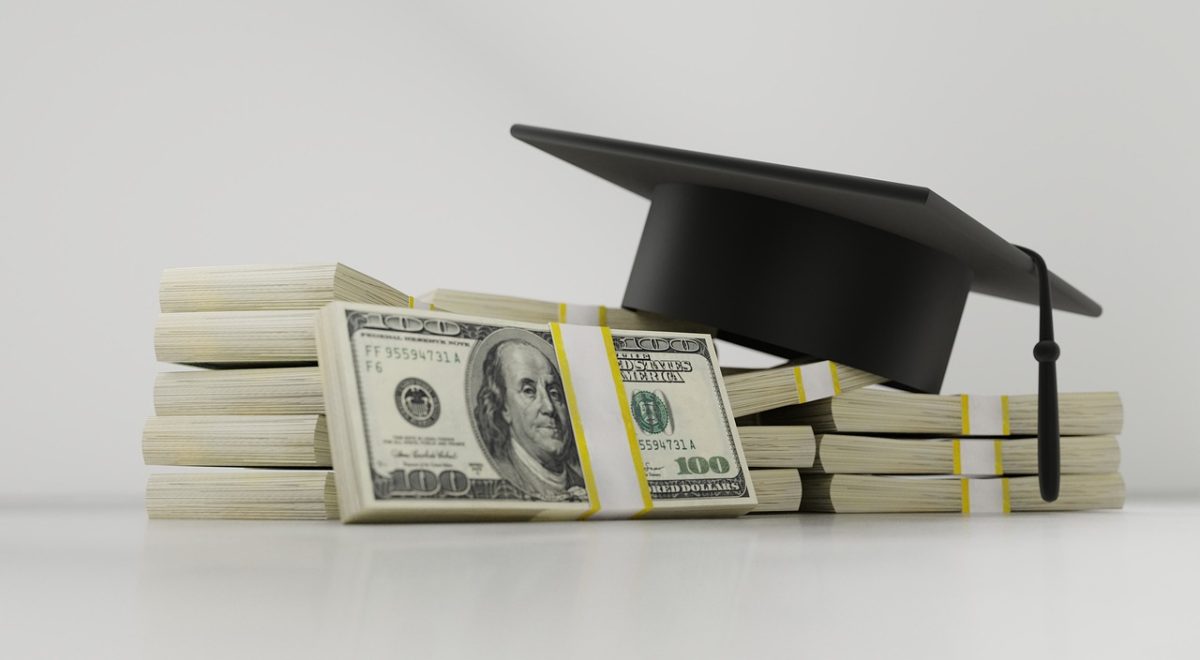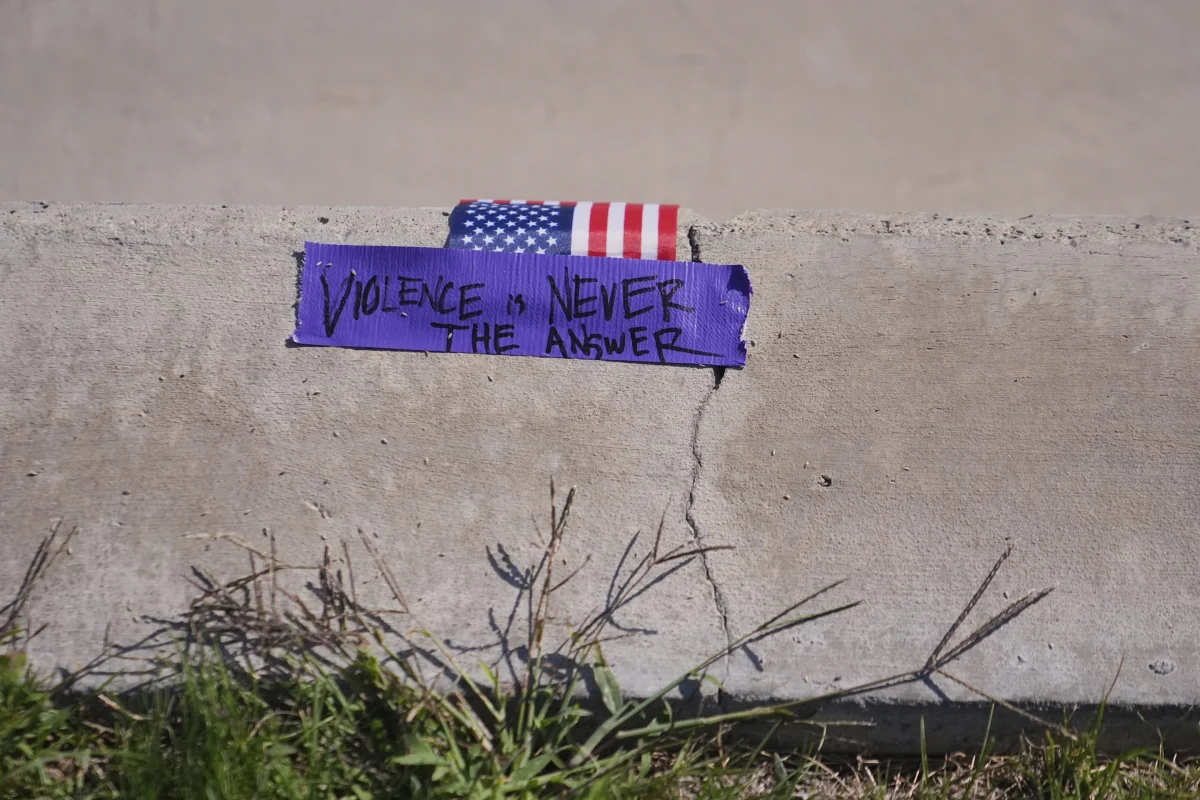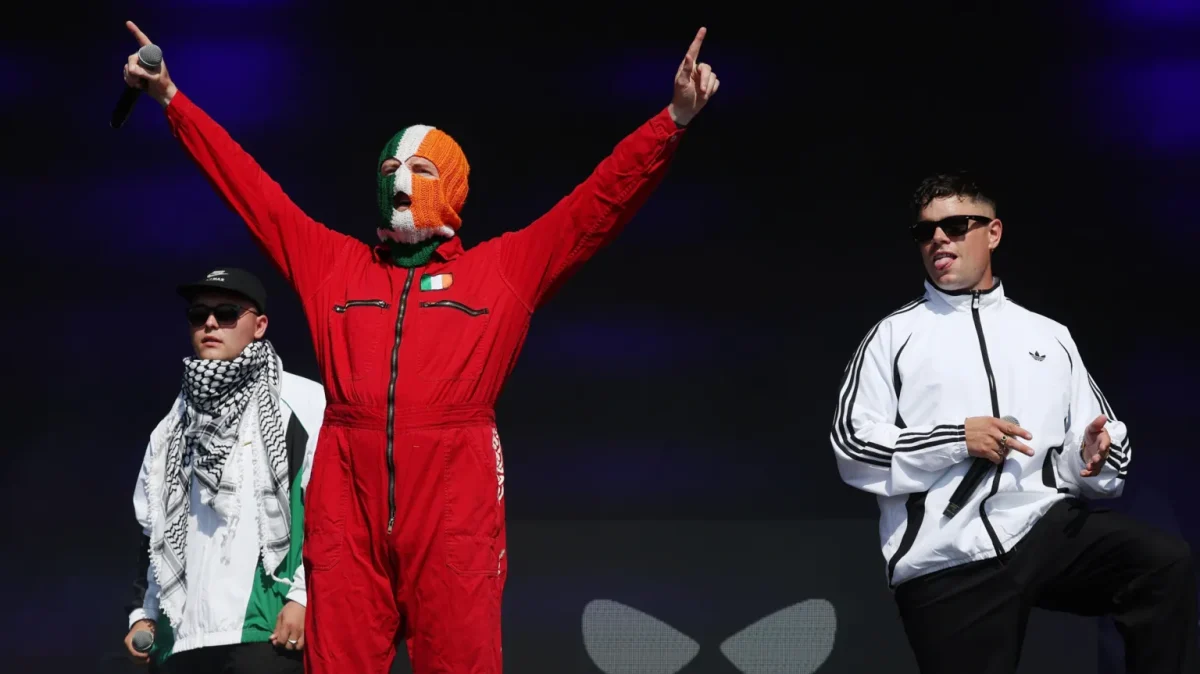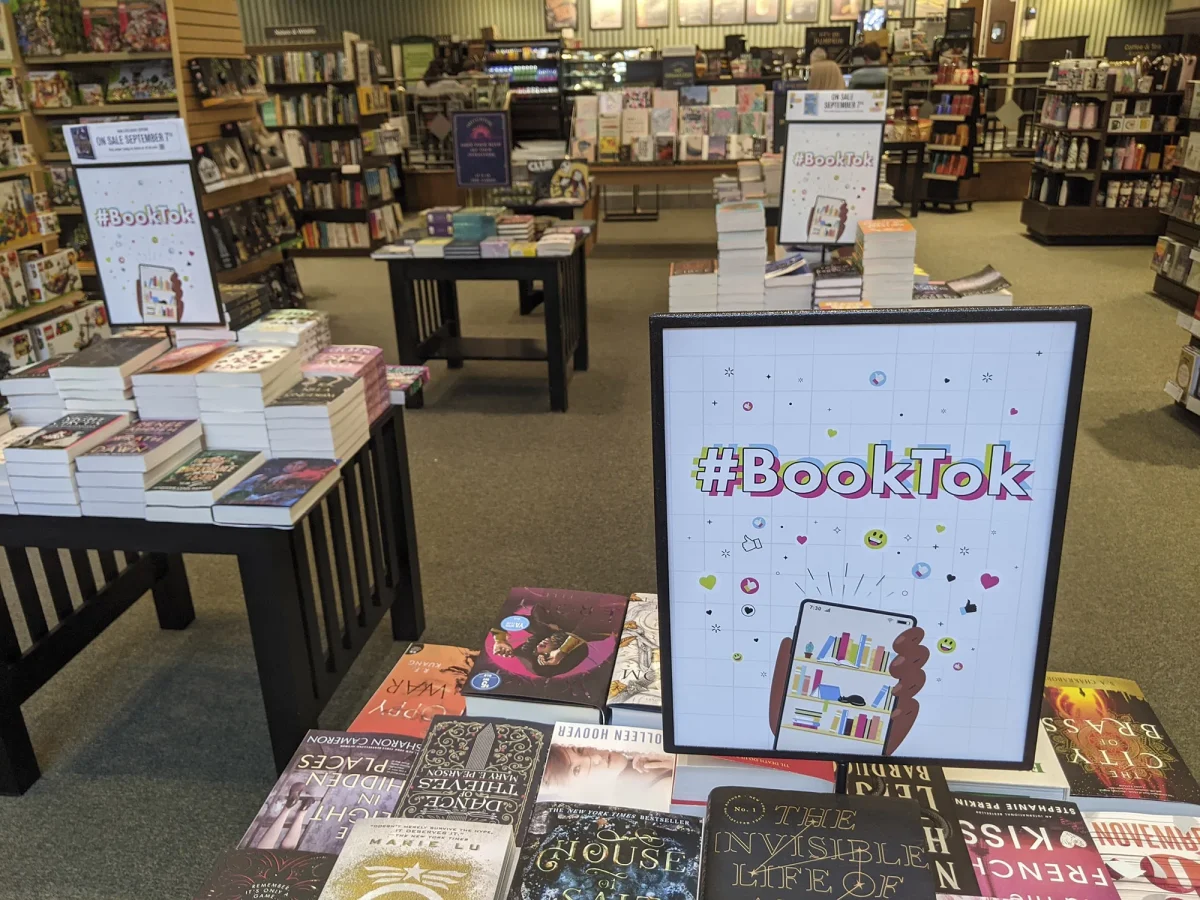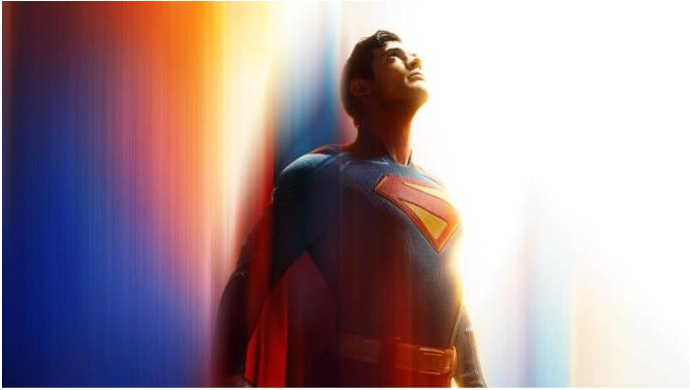On Oct. 11, 2024, Charli XCX released her “Brat” remix album, “Brat but it’s completely different but also still brat.” It’s a remix record that pays homage to the great remix records of the ’90s, early 2000s and late 2010s — à la Bjork, Soulwax and SOPHIE. Charli’s record was going to always be a thing, regardless of whether or not “Brat” was successful, however, Charli’s power play lies in not only where she is now, but also how she got there.
“Brat Summer” — to me at least — was a phenomenon that was not entirely unexpected. Charli XCX originally started out in the early 2010s as an emerging pop music sensation with songs like “Boom Clap,” but took a dive into alternative and electronic culture with the release of her more experimental album, “Pop 2.” This personal trend only escalated with collab-tracks with producers like SOPHIE, A.G. Cook and other EDM-auteurs.
Before the release of “Brat” and its rapid success, Charli only had a couple million monthly listeners on Spotify. These were mostly die hard stans and people who could not get Charli’s original work out of their heads. Now Charli has around 40 million monthly listeners on Spotify — and growing.
This is a phenomenon that has been happening for decades now: artists widely viewed as “alternative” achieve rapid success overnight and become pop-mainstays. But how does this happen?
Two factors can contribute to this: the scene in which the artist starts out with grows and evolves, or they could be found by a producer, talent or another artist that already made it and get elevated by them.
Sometimes both can happen. This is the case with System of a Down. Led by vocalist Serj Tankian, System was mostly confined to their recording studio, The Roxy and the surrounding underground metal scene in 1990s Los Angeles.
They were eventually discovered by rising music producer, Rick Rubin, who after hearing several demos and live shows from System, signed them in 1997. 90s Nu-Metal — an emerging genre at the time — blew up along with System. Songs like “Sugar” and “Chop Suey!” were indisputable classics.
This is a case where both factors happened. Other examples of this happening to bands are Nirvana’s grungy “Nevermind” in and 90s Britpop stars Oasis and Blur with “Definitely Maybe” and “Parklife” respectively. Genres, trends and scenes come and go, but if bands grow out of those scenes and burst into mainstream music consciousness — they will surpass their limits artistically.
Now that we know how these trends can uplift artists to the mainstream, one question remains. Who’s next?
We’ve seen this with artists today like Chappell Roan and Charli XCX, both who have taken advantage of modern trends in music in order to blow up. However, in order for there to be new artists to emerge into mainstream music consciousness, we need to find a burgeoning new music scene.
Enter plugg: a genre created out of a need for less thinking and more doing when it came to new ideas about rap. Instead of the booming 808s and claustrophobic hi-hats featured in a lot of modern trap and rage, plugg opts for a more spaced, psychedelic and drug-y approach.
Plugg is a relatively new and steadily growing music scene that took shape in the early 2020s. While trap and rage are currently having their moments in mainstream hip-hop, it might be time for the next generation of producers and rappers to make new hits and top the Billboard charts.
While plugg is an exciting and fresh scene in the hip-hop community — it has the potential to fade fast. In order to keep scenes alive, artists have to leave and grow out of it. The future is uncertain, but great music almost certainly will come out of it.



